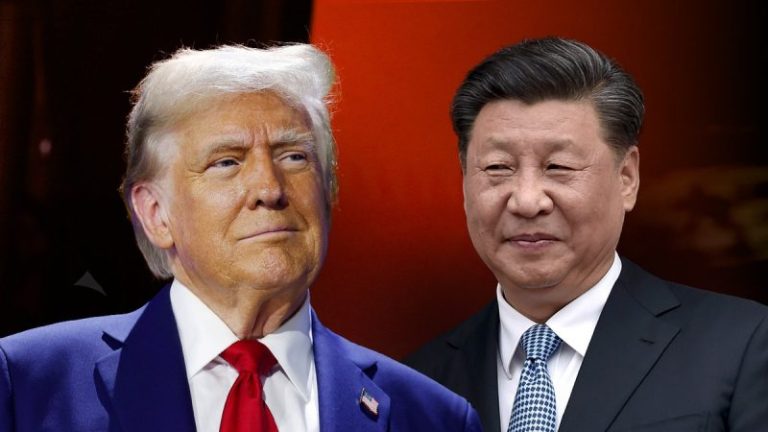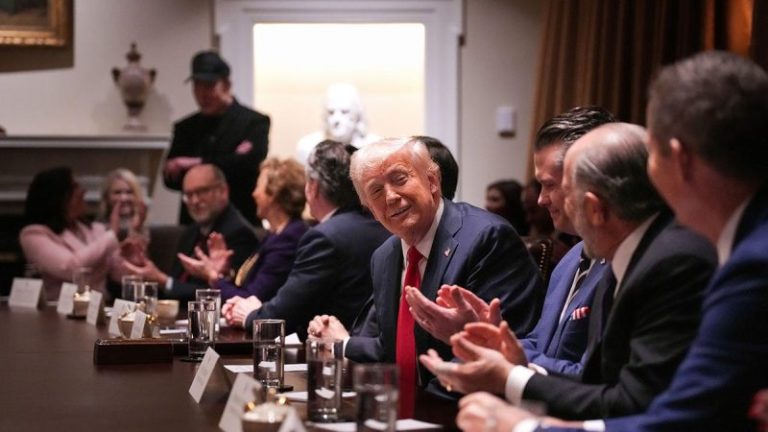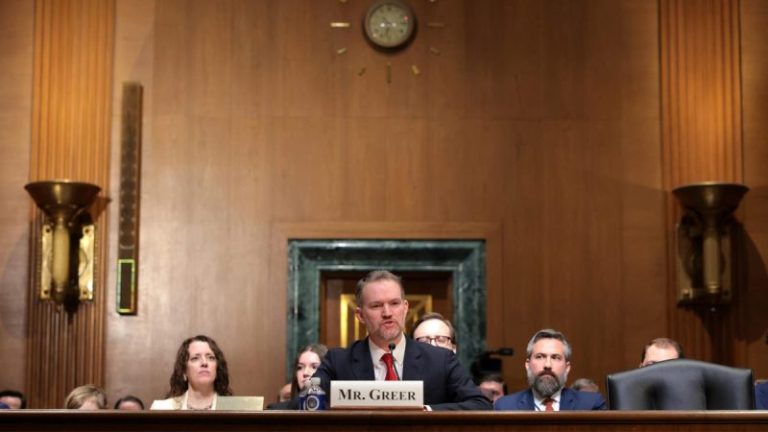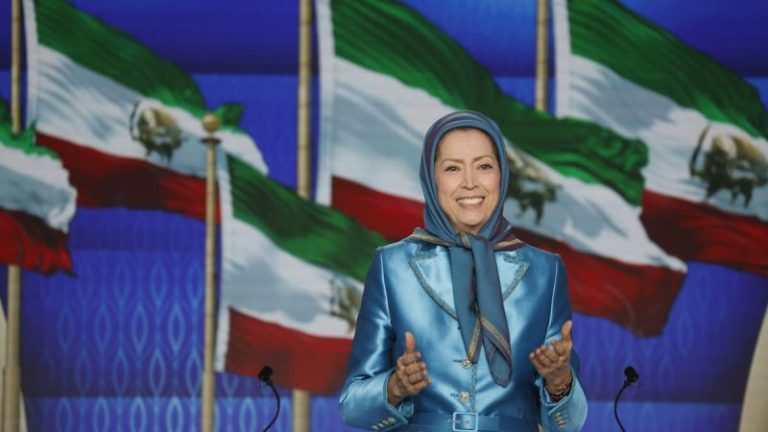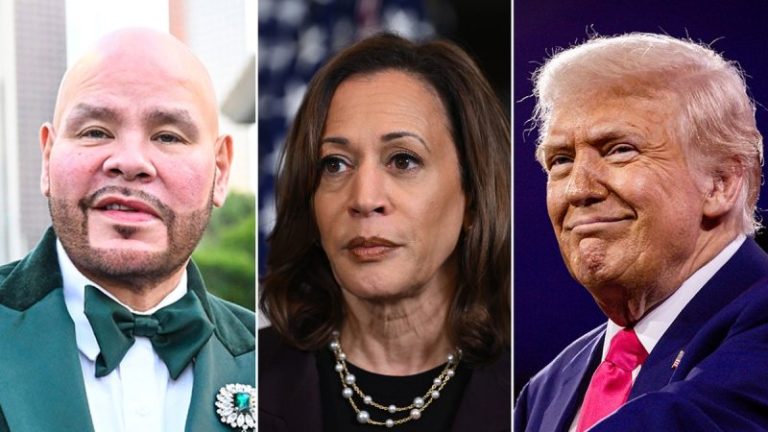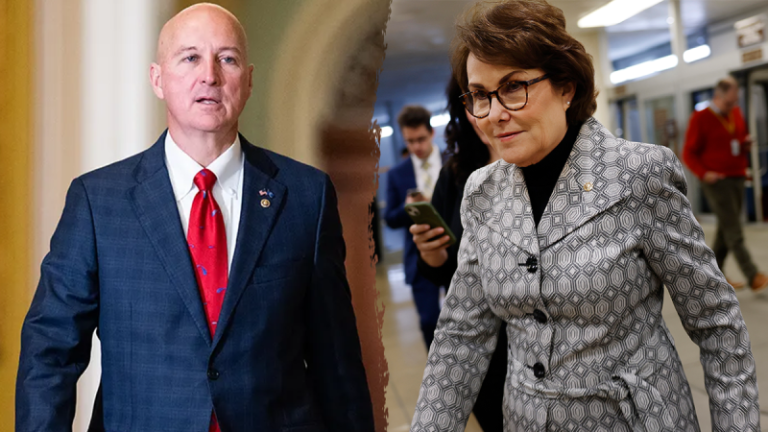INDIANAPOLIS – In the aftermath of the Kansas City Chiefs’ failure to make Super Bowl history, will their own recent past repeat itself instead?
Naturally, they’re not revealing much publicly … which also means they’re not necessarily ruling anything out, either.
“We try to look at everything,” head coach Andy Reid said Tuesday at the NFL scouting combine, “going through that whole process. We’ll try to improve just in general as a football team.”
It’s been three years since K.C. last fell short of the Lombardi Trophy – and that setback precluded fundamental change, namely the trade of superstar wideout Tyreek Hill to the Miami Dolphins for five draft picks.
The subsequent 2022 draft brought All-Pro cornerback Trent McDuffie, defensive end George Karlaftis, linebacker Leo Chenal and running back Isiah Pacheco, among others, to Kansas City. That infusion of young talent quickly became part of the lifeblood of the NFL’s most recent dynasty – one that may still reign for years to come.
NFL STATS CENTRAL: The latest NFL scores, schedules, odds, stats and more.
But almost surely not as currently constructed.
“As we all know, we’re a little disappointed by the way the Super Bowl went. But like everything in life, you learn from your losses,” Chiefs general manager Brett Veach said Tuesday when reflecting on his team’s blowout loss to the Philadelphia Eagles earlier this month in Super Bowl 59.
“We have a lot of work to do to get back to where we need to be, but this is the start of the process.”
A process that’s already wrought change.
The Chiefs lost a key member of their front office when former assistant GM Mike Borgonzi, Veach’s close friend and football confidant for more than a decade, was hired as the Tennessee Titans’ new general manager.
That departure comes at a time when Veach and Reid face several major offseason decisions. The team has nearly two dozen free agents, key among them linebacker Nick Bolton, safety Justin Reid, receiver Hollywood Brown and, most notably, 25-year-old guard Trey Smith, one of quarterback Patrick Mahomes’ trusted bodyguards – one whom Veach admitted was “at the top of the list” as it pertained to the team’s priorities.
The Chiefs and longtime Pro Bowl tight end Travis Kelce must also come to a realization about his murky future.
Yet the loss to Philadelphia also exposed how superior the Eagles, who barely succumbed to Kansas City in Super Bowl 57 two years ago, have become in terms of offensive line play, pass rush depth and the quality of their playmakers – all areas where the Chiefs must improve to better support Mahomes. Left tackle in particular is a glaring need, Reid saying Tuesday that he has no plans to continue using All-Pro guard Joe Thuney as a stopgap for safeguarding Mahomes’ blind side.
Yet Reid also expressed some hesitance about overcorrecting too much based on the Super Bowl’s outcome in light of the fact that his team went 15-1 in the regular season when fielding its typical starting lineup.
“It was a bad day to have a bad day, for sure. Like all games, you can learn some things from it,” Reid said of the loss to Philadelphia while affirming he likes the Chiefs’ nucleus even if it wasn’t sufficient to complete the first-ever Super Bowl three-peat.
“But I weigh the whole season, I’m not just sticking with the one game, that’s not how I go. Just the fact that you had an opportunity, the privilege to play in that game – it was quite an honor and a lot of hard work for our players to get to that point. And maybe that’s why nobody’s won three in a row – it’s a tremendous challenge.”
A challenge that will only be amplified by picking near the end of every round in April’s draft – that after the Chiefs have navigated free agency, for which they’re currently projected to have just $8 million (per Over The Cap) to re-sign their key vets and/or lure others.
So how best to thread the offseason needle for an organization that now only measures itself by championships and its dynastic résumé?
Here are three suggestions:
Bring back Travis Kelce … at a reduced rate
Reid and Veach didn’t seem to quite be working off the same script Tuesday regarding Taylor Swift’s 35-year-old boyfriend.
“That’s up to Travis. At this point, you get out of town and relax – that’s kind of my motto for these guys. They’ve played a lot of games for a consistent amount of seasons here,” Reid said when asked about Kelce’s future.
“You’ve exhausted yourself mentally and physically – step back and take care of that, and then we’ll talk. But for right now, I think that’s what he’s doing.”
Reid said he planned to reconvene with Kelce fairly soon.
Veach offered a slightly more definitive outlook, though one that seemed at odds with Reid’s and amid the uncertainty Kelce has expressed recently about continuing for a 13th NFL season.
“How we left it at the end of the season is that he was fired up. He has one more year under contract and still think he has that fire and desire to play,” Veach said of Kelce.
“As far as I’m concerned, there is no deadline. I think we left it as he’d be back, and we’re excited to get him back and get him going.”
But at what price?
Kelce’s base salary for 2025 is an eminently reasonable $4.5 million for an aging legend, albeit one who had his least productive season since his rookie year in 2013 (when he didn’t play a single offensive snap). However he is owed up to $12.5 million in roster bonuses this year – the majority of his $19.8 million cap hit. Given his declining production – Kelce didn’t even make a negligible imprint in the Super Bowl – yet desire to continue winning, the help the roster needs elsewhere and the potential backup tight end Noah Gray has shown, reducing Kelce’s cap number would be a boon to the rest of the operation … if a hit to his pocketbook and, possibly, pride.
Still, it seems like the right move for the greater good – and given the ascendance of Gray and expected return of wideout Rashee Rice in 2025, leadership and experience in the clutch might be the most important attributes Kelce brings to the table.
Trade Chris Jones
Heretical you say? Perhaps, though many league observers were quick to bury the Chiefs when they dealt Hill, their most explosive playmaker, in 2022. Moving Jones, who will be 31 at the start of next season, probably wouldn’t command five draft picks, nor a first-rounder. But the defensive tackle’s departure would clear nearly $11 million in cap space (yes, the Chiefs would have to eat $24 million in dead money) and certainly fetch a nice batch of draft capital for a team with so many developing holes.
Sure, Jones is still a dominant player. But he also had just five sacks in 2024, the fewest since his rookie year in 2016, and was left as roadkill by the Eagles during the Super Bowl. It’s almost always better to part with a star one year too early than a year too late – especially when the return on investment can still be appreciable and given the team will need to free up even more money to extend players like McDuffie and Karlaftis soon enough.
Obtain a bona fide answer at left tackle
Some way, somehow, it needs to happen. The Chiefs have taken a Band-Aid approach to one of football’s premier positions ever since allowing Pro Bowler Orlando Brown Jr. to bolt in free agency following Super Bowl 57.
But Mahomes suffered a career-worst 36 sacks in 2024 – and that doesn’t even include the six times he was bagged by the Eagles in the Super Bowl, the most sacks the two-time league MVP had ever endured in an NFL game.
When it comes to the health and safety of the franchise quarterback – a man who may wind up as the greatest passer in league history – there’s no reason to remain conservative. That may mean letting Smith go – giving him the franchise tag would be tantamount to paying a guard left tackle money – in order to sign a veteran like Ronnie Stanley or Alaric Jackson. It might mean cashing in some draft capital to move up for a talented prospect like Ohio State’s Josh Simmons.
But the half-measures must end, Veach admitting the team needs to get Mahomes re-settled in the pocket. That may mean parting with other players. It may mean going young and inexperienced at other positions. And it may mean the need to export a cornerstone like Jones to shore up the foundation of the future.
“We’re keeping everything wide open there as we do this thing and really digging in on what’s available potentially in free (agency), what’s available in the draft,” Reid said.
“That’s a position that we’re looking at for sure.”
The Chiefs need to peer through a wide lens as they consider their short- and long-term futures. But Reid and Veach have shown they can retool on the fly without sacrificing the pursuit of championships – though that’s becoming ever tougher in a steadily improving AFC West.
“The more you win, the harder it’s supposed to be,” said Veach.
“You just have to kind of think outside the box and put some creative plans together.”
For sure.
All NFL news on and off the field. Sign up for USA TODAY’s 4th and Monday newsletter.
This post appeared first on USA TODAY

